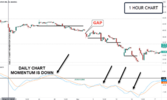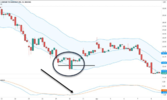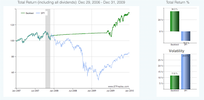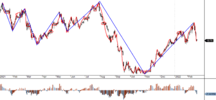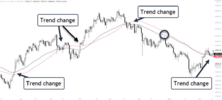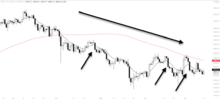- Joined
- 20 July 2021
- Posts
- 12,484
- Reactions
- 17,348
SOMETIMES the learners are shy , unsure and uncertain , in my experience on other forums less the 10% of novices ( in general ) are brave enough to ask questions , and about half of them wait until they are in DEEP trouble ,
what most learners do not understand is , the questions they ask help ( nearly ) everybody in some way
cheers
( just because i chose not to trade , doesn't mean i am not interested in learning the basics )
what most learners do not understand is , the questions they ask help ( nearly ) everybody in some way
cheers
( just because i chose not to trade , doesn't mean i am not interested in learning the basics )





